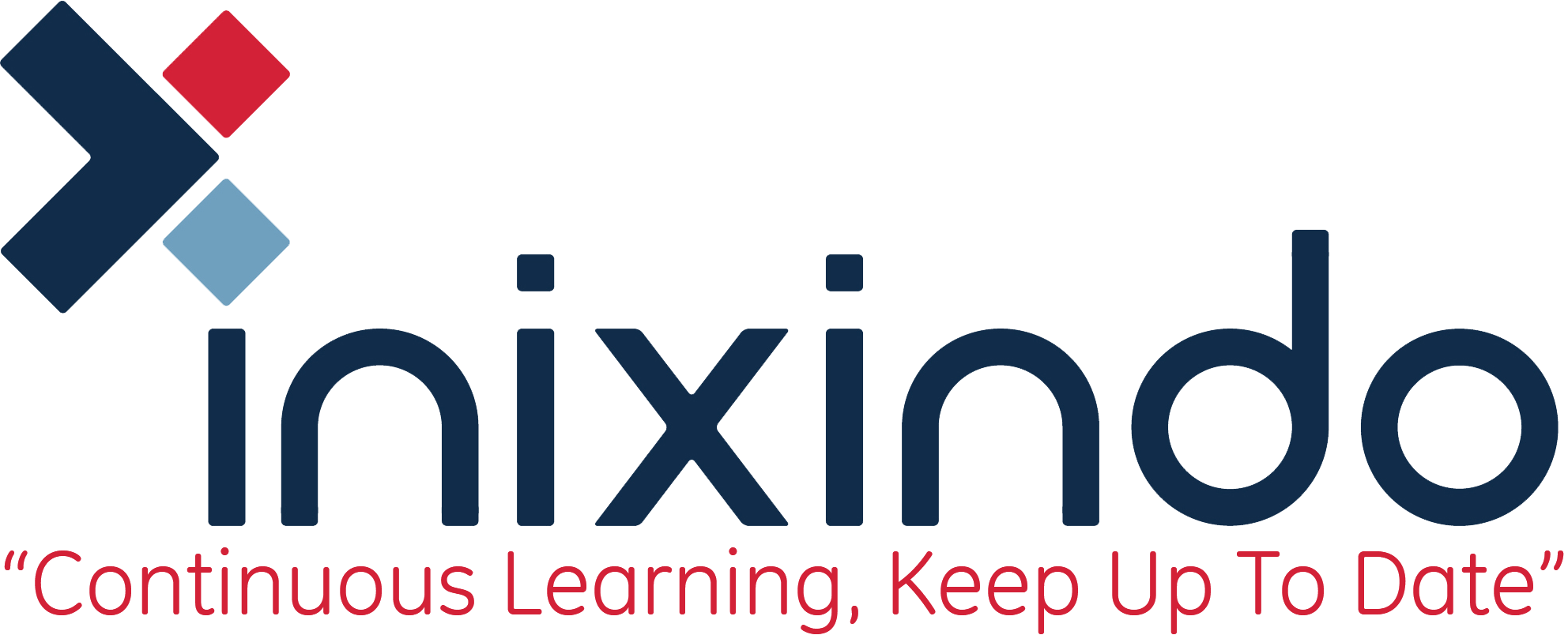Red Hat OpenStack Administration I: Core Operations for Domain Operators (CL110) teaches you how to operate and manage a production Red Hat OpenStack Platform (RHOSP) single-site overcloud. You will learn how to create secure project environments in which to provision resources and manage security privileges that cloud users need to deploy scalable cloud applications. You will learn about OpenShift integration with load balancers, identity management, monitoring, proxies, and storage. You will also develop more troubleshooting and Day 2 operations skills in this course. This course is based on Red Hat OpenStack Platform 16.1.
Duration: 5 days
2 - 6 Oktober 2023
This course is designed for cloud users who deploy application instances and stacks, domain operators who manage resources and security for cloud users, and any other cloud personnel interested in, or responsible for, maintaining applications on private or hybrid OpenStack clouds. Any cloud persona, or personnel with roles that include performing technology evaluation, should attend this course to learn RHOSP operation
and application deployment methods.
Become a Red Hat Certified System Administrator (RHCSA) or demonstrate equivalent experience
• If you are not a RHCSA, you can take a skill assessment to gauge your level of knowledge.
Introduction to Red Hat OpenStack Platform
• Describe OpenStack personas, launch an instance, and describe the OpenStack components and architecture.
Manage application projects in a multitenant cloud
• Create and configure projects with secure user access and sufficient resources to support cloud user application deployment requirements.
Manage OpenStack networking
• Describe how IP networks are implemented in OpenStack, including fundamental TCP/IP stack behavior, software-defined networking elements, and the common types of networks available to self-service cloud users.
Configure resources to launch a non-public instance
• Configure the requisite resource types for launching a basic non-public instance, including vCPUs, memory, and a system disk image, and launch an instance of an application component that runs in a tenant network with no public access.
Configure virtual machine system disks
• Identify the available choices for configuring, storing and selecting block-based virtual machine (VM) system disks, including the choice of ephemeral or persistent disks for specific use cases.
Provide additional storage strategies
• Identify the available choices for additional cloud storage techniques, including object-based storage, network file sharing, and volumes sourced from a file sharing service.
Configure resources to launch an instance with public access
• Identify and configure the additional resource types required to launch instances with public access for specific use cases, including networking and access security elements.
Red Hat OpenStack Administration I:
Core Operations for Domain Operators
Automate customized cloud application launches
• Configure and deploy a typical multi-tier cloud application stack, defined as an architected template of scalable VM instances, including per-instance launch customizations.
Manage cloud application placement
• Introduce overcloud layouts more complex than a single site, and explain the management resources to control the placement of launched instances, including segregation elements such as cells and availability zones, and placement attributes such as requisite compute node resources.
Students in the Red Hat OpenStack Administration I: Core Operations for Domain
Operators (CL110) course will focus on performing both routine and specialized tasks that are necessary to manage a production OpenStack overcloud domain. Students will manage OpenStack using both web-based and command-line interfaces. Essential skills covered in the course include the following:
• Launch instances to satisfy various use case examples.
• Manage domains, projects, users, roles, and quota in a multitenant environment.
• Manage networks, subnets, routers, and floating IP addresses.
• Manage instance security with group rules and access keys.
• Create and manage block, object and shared storage within OpenStack.
• Perform instance launch customization with cloud-init.
• Deploy scalable applications using stack templates.

